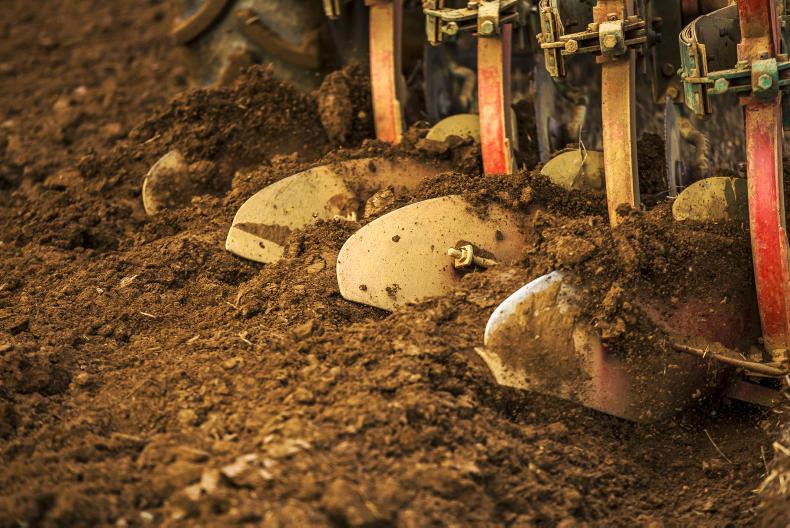Ground conditions: Where there has been a little rain recently, ground conditions are now good enough to get a lot of field work done.
And with high temperatures forecast for the coming days, jobs like fertiliser have become increasingly important.
Planting: There is some planting taking place of beans and spring cereals. Ground conditions are exceptional so it may be important to take advantage of the opportunity. It could be weeks or even months before they are as good again.
Aim to establish 30-35 plants/m2 for spring beans. Seed rape will then depend on likely establishment rate, germination percentage and seed size.
With an amount of the seed carried over from last year, growers should check germination percentage before planting.
Seed size is very important also. To plant 35 seeds/m2 would require 179kg/ha at 460g/1,000 seeds, 203kg at 520g, 226kg at 580g and 250kg at 640g/1,000 grains.
Make sure soil fertility is adequate when planting beans and apply fertiliser down with the seed in any Index 1 or 2 fields.
Soil pH is most important and should preferably be up around 6.8.
Spring wheat and malting barley are going in on dry sandy sites.
Seed rates of 350 to 370 seeds/m2 may seem excessive for either crop in the good conditions but these may not last. This is roughly 160 to 170kg/ha (10-11st/ac) for 45g seed.
Winter rape: Crops are growing so early nitrogen is needed. Higher plant populations and more forward bulky crops need less early N but they still need some based on the green area index – at least 60 to 90kg N/ha.
More backward and thin crops could push as high as 140kg N/ha and this really needs to be applied early.
The more canopy you have currently, the less spring applied N you need to generate the optimum 3.5 GAI.
This is a potential saving where it is not needed. The general rule is 50kg N/ha in the plant to generate a GAI of 1.
But with uptake efficiency of about 60%, you need to apply 80-85kg N/ha to get the 50kg into the plant.
But there will also be some nitrogen available from the soil and within the crop to help supply this need.
A crop with a GAI of 2.5 will need 80-85kg N/ha now, while a GAI of 1.5 will need up to 150-160kg N/ha.
Reduce applied N to cater for estimated soil N supply.
Application is more urgent as growth gets under way. Sulphur is important for rape – at least 25-30kg S/ha.
Boron is also important, as is adequate P and K. But high pH is critical.
Winter barley: Crops vary in appearance and some have picked up in colour in recent days.
But many are now showing pressure and carrying a pale colour. Get 50-70kg N/ha with appropriate P and K levels on to crops that still need it.
Winter barley needs sulphur also, especially on worn ground. The amount is similar for all cereals about 15-20kg S/ha.






 This is a subscriber-only article
This is a subscriber-only article










SHARING OPTIONS: